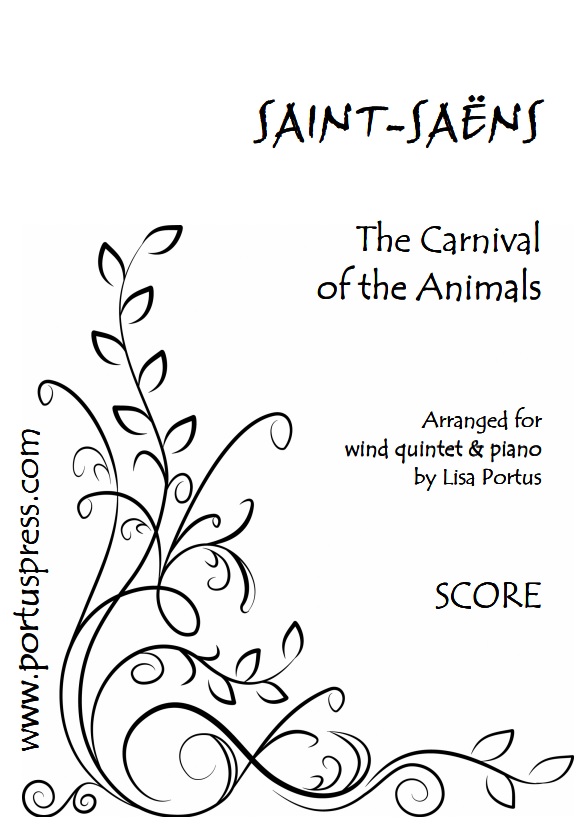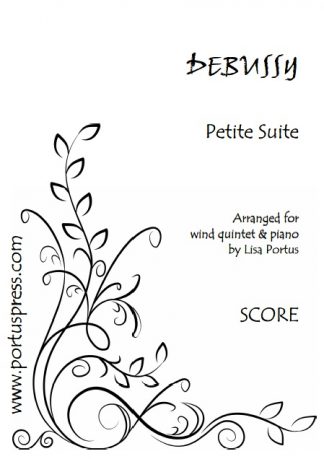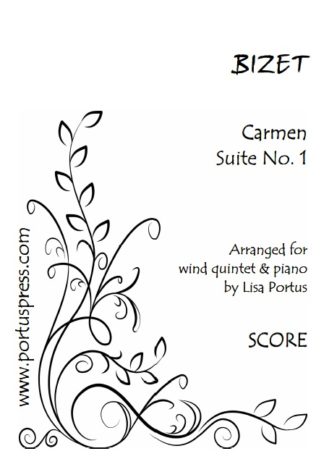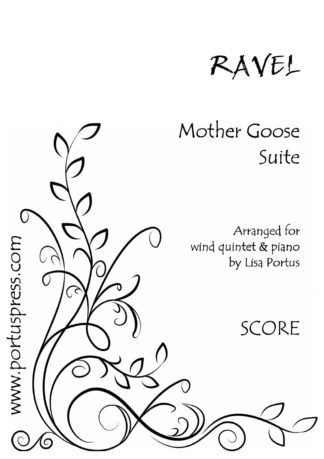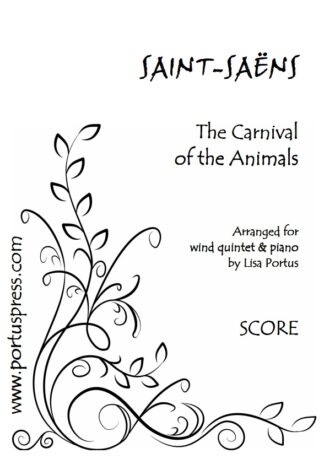Description
Camille Saint-Saëns wrote The Carnival of the Animals essentially for fun, whilst on holiday in Austria in 1886. He had already achieved considerable fame throughout his native France and Europe and, concerned to maintain his reputation as a serious composer, save for The Swan, he allowed only one public performance of the Carnival in his lifetime. Luckily for us he did authorise posthumous publication and, despite Saint-Saëns’ misgivings about the piece, his kudos is still intact even though Carnival is probably his best-known work!
Carnival – a “Grand Zoological Fantasy” – is a 14-part work in which lions, hens, wild asses, tortoises, an elephant, kangaroos, fish in an aquarium, donkeys (or, as he puts it ‘personages with long ears’), a cuckoo, birds in an aviary, pianists (in a zoo?), fossils and a swan are musically portrayed. To great effect he demonstrates a marked penchant for borrowing music. Offenbach’s Can-Can appears at an almost unrecognisably slow tempo in Tortoises whilst music by Berlioz is quoted in The Elephant. In Fossils he self-quotes Danse Macabre as well as throwing in a couple of nursery rhymes (including Twinkle, twinkle little star) and a snippet from Rossini’s Barber of Seville.
Carnival was originally scored for a chamber ensemble of 11 players including two pianos and a glass harmonica. The American writer Ogden Nash has written a series of accompanying poems that can be recited prior to each movement. Here Carnival is transcribed in full (without poems) in an arrangement for wind quintet and piano. Audiences will be charmed and there’s great educational value too. Alternative Cor anglais part for The Swan also provided.
NEW: The piano part is now fully cued.

